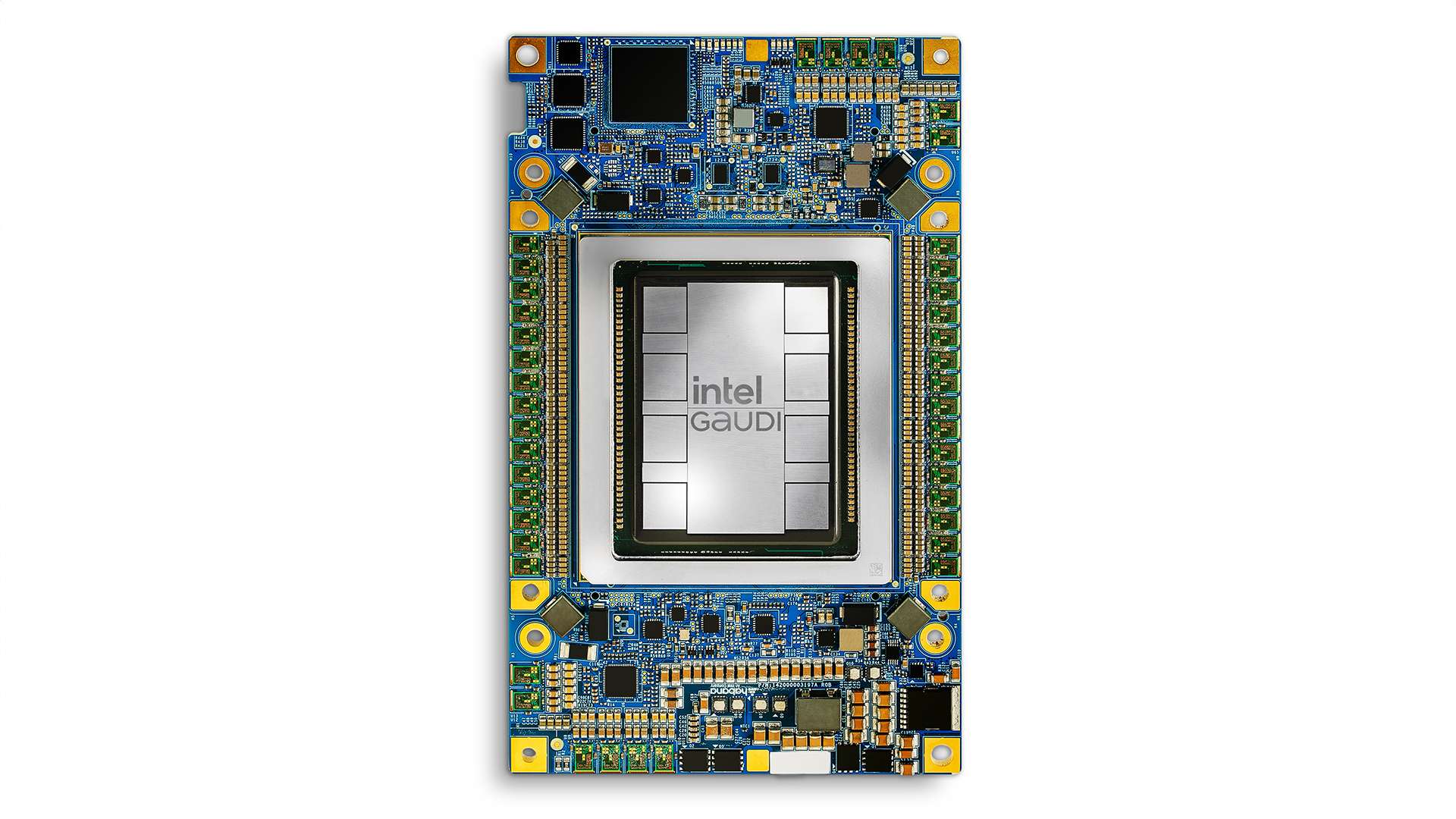At Computex 2024, Intel CEO Pat Gelsinger unveiled the latest technologies marrying cutting-edge performance and power efficiency – across data centers, acceleration and the AI PC experience – with the goal of making AI cost-efficient and accessible for all. Intel is committed to empowering open ecosystems and accelerating AI opportunities for customers and partners. With more processing power, leading-edge power efficiency and low total cost of ownership, Intel continues to lead the industry into a sustainable and scalable future.
During the June 4-7 event in Taipei, Taiwan, Gelsinger presented a keynote at which he launched Intel® Xeon® 6 processors with Efficient-cores (E-cores), announced pricing for Intel® Gaudi® 2 and Intel® Gaudi® 3 AI accelerator kits, and unveiled the breakthrough Lunar Lake client processor architecture, a revolutionary design that further expands the AI PC category.
Lunar Lake

Intel revealed architecture details for its upcoming Lunar Lake client computing processor, which was redesigned to set a new bar for x86 power efficiency and to deliver leading core and graphics performance with unmatched AI.
New Performance-cores (P-cores) and Efficient-cores (E-cores) deliver amazing performance at up to 40% lower system-on-chip power compared to the previous generation1. A new neural processing unit is up to 4x faster, enabling corresponding improvements in generative AI, versus the previous generation. And new Xe2 graphics processing unit cores improve gaming and graphics performance by 1.5x over the previous generation.
Lunar Lake will power more than 80 new AI PC designs from more than 20 partners beginning in 2024’s third quarter.
- Fact Sheet: Intel Unveils Lunar Lake Architecture
Lunar Lake Architecture: An Animation
Animated video shows the layers of technologies that make up Lunar Lake. On June 4, 2024, at Computex in Taipei, Taiwan, Intel unveiled architecture details about Lunar Lake. The processor designed for thin-and-light PCs makes significant improvements to performance and efficiency across the neural processing unit, central processing unit and graphics processing unit when compared with the previous generation. (Credit: Intel Corporation)
Lunar Lake Delivers a New Architecture for the AI PC
At Computex 2024, Intel revealed the architectural details of Lunar Lake – the flagship processor for the next generation of AI PCs. Lunar Lake offers a leap in graphics and AI processing power and a focus on power-efficient compute performance for the thin-and-light segment. (Credit: Intel Corporation)
Intel Xeon 6

Intel launched the Intel® Xeon® 6 family of processors, including both E-core and P-core options, to address a broad array of use cases and workloads, from AI and other high-performance compute needs to scalable cloud-native applications.
The first of the family debuting at Computex 2024 is the Intel® Xeon® 6 processor with Efficient-cores, code-named Sierra Forest. With its high core density and exceptional performance per watt, it enables rack-level consolidation of 3-to-1, and a rack-level performance gain of up to 4.2x and performance per watt gain of up to 2.6x when compared with 2nd Gen Intel® Xeon® processors on media transcode workloads.
Intel Xeon 6 processors with P-cores are expected to launch in 2024’s third quarter and will deliver greater performance for the most demanding workloads, including AI, high-performance computing, image processing and data analytics.
- Fact Sheet: Intel Xeon 6 Processors
- Intel.com: Intel’s Justin Hotard Explains how Xeon 6 Processors Can Meet Infrastructure Demands
Intel Xeon 6 Processors Explained in 60 Seconds
Here’s a one-minute breakdown of three things to know about Intel® Xeon® 6 processors with Efficient-cores (E-cores). Code-named Sierra Forest, they were launched at Computex in Taipei, Taiwan, on June 4, 2024, and are built with E-cores to improve performance and power efficiency for high-density, scale-out workloads. This first member of the Intel Xeon 6 processor family will soon be followed by Intel Xeon 6 processors with Performance-cores (P-cores), code-named Granite Rapids. It will support more compute-intensive workloads such as AI and computer vision. (Credit: Intel Corporation)
Intel Manufacturing in Kulim, Malaysia, and San Jose, Costa Rica (B-Roll)
B-roll footage from May 2024 shows the Intel Kulim Assembly Test (KuAT) facility in Kulim, Malaysia, and the Costa Rica Assembly Test (CRAT) facility in San Jose, Costa Rica. It includes Intel employees inside the facilities and video of Intel Xeon 6 processors with Efficient-cores (code-named Sierra Forest). (Credit: Intel Corporation)
Download video: "Intel Manufacturing in Kulim, Malaysia, and San Jose, Costa Rica (B-Roll)"
Intel Gaudi

The Intel Gaudi architecture gives customers the generative AI performance they seek with a price-performance advantage that provides choice and fast deployment time at lower total cost of operating.
At Computex, Intel announced that a standard AI kit including eight Intel Gaudi 2 accelerators with a universal baseboard (UBB) offered to system providers at $65,000 is estimated to be one-third the cost of comparable competitive platforms. A kit including eight Intel Gaudi 3 accelerators with a UBB will list at $125,000, estimated to be two-thirds the cost of comparable competitive platforms2.
Further, Intel announced six new system providers are expected to bring Intel Gaudi 3 systems to market. ASUS, Foxconn, Gigabyte, Inventec, Quanta and Wistron join Dell, Hewlett-Packard Enterprise, Lenovo and Supermicro with plans to offer Intel Gaudi 3 systems.

 O-Sense
O-Sense







.png)

